Going zero waste is a really wonderful lifestyle choice to slowly part ways with our wasteful habits. While at it, sometimes, it becomes a little difficult to navigate around. Guess who do we go to, to clear out our confusion? Of course, the internet.
However, the lifestyle is a lot different in reality, than what we see on Instagram and Pinterest. It is most definitely NOT – kitchen cabinets full of neatly labeled glass jars with not a single plastic product in sight.
These picture-perfect portraits of zero-waste living might make us feel that we are not doing enough. But hey, rest assured that it is not always the case.
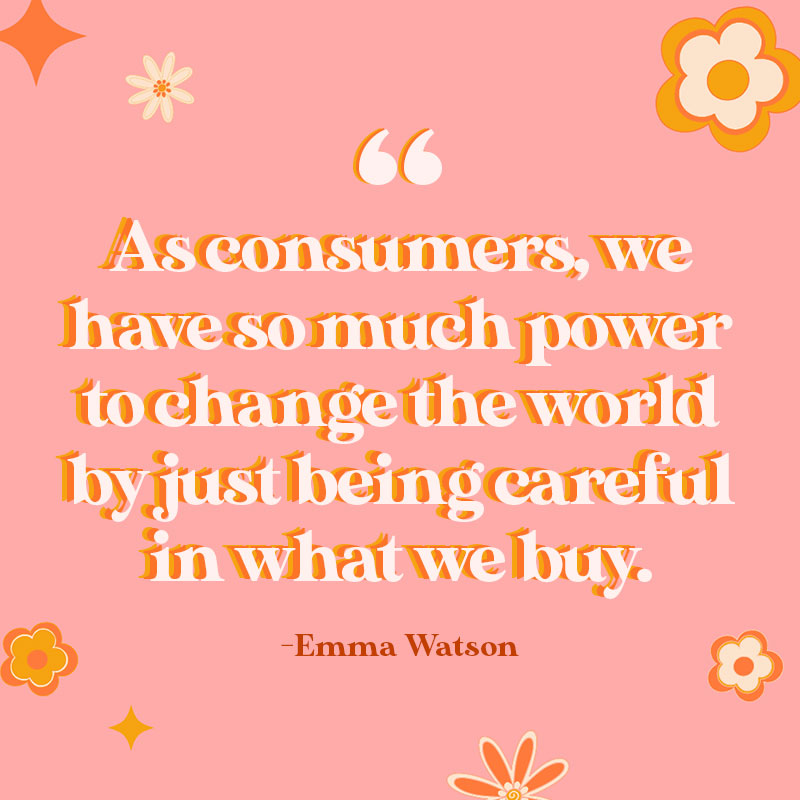
The real picture looks more like a pantry full of reused pasta sauce and pickle jars that we bought last month (which may or may not look identical!). Or it could be a fridge with one or two old containers, being reused to store leftovers.
Going zero waste does not mean throwing away everything we already own to buy so-called ‘zero-waste essentials.’ It is about making conscious choices that reduce waste as much as possible, instead of creating more of it.
As we make these choices, we also need to realistically consider how affordable, available, and durable these zero-waste alternatives actually are. And above all, whether or not it does the job just as well!
On that note, we have a list of zero-waste swaps that we decided to skip.
Why? Because –
- The swap does not work that well.
- We can do it for free/ without consuming more or buying new stuff.
- There’s a better alternative available.
Also, not everything we find on the internet is true!
1. Bamboo cutlery
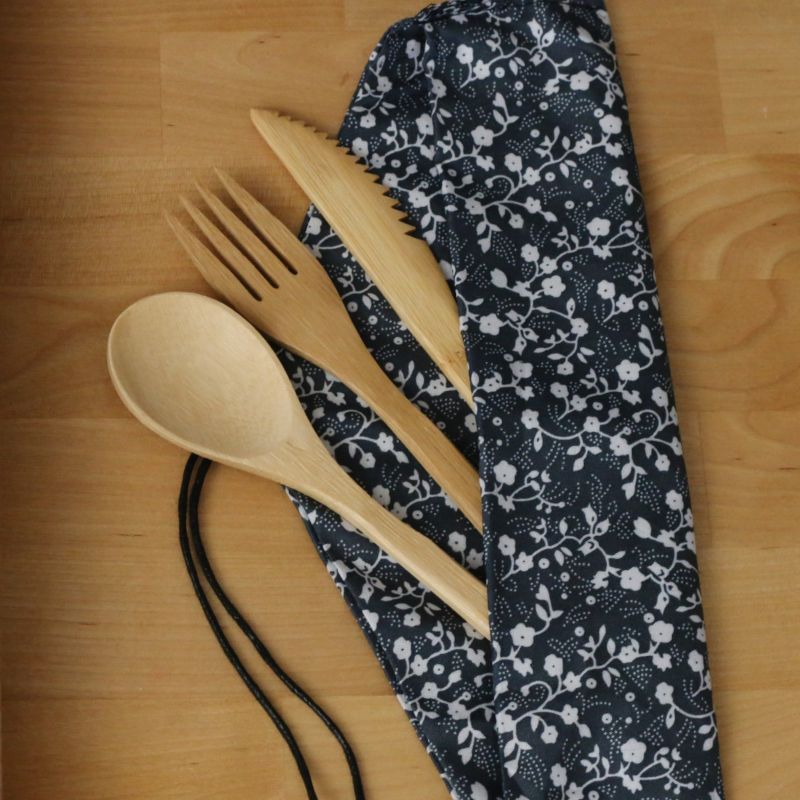
Buying a new reusable bamboo cutlery set is on almost everyone’s list of must-have zero-waste essential swaps. It sure helps us to avoid plastic cutlery or single-use cutlery.
But do we really need it? For us, the answer will always be a BIG NO!
Here’s why –
- For starters, we can easily carry the stainless-steel cutlery we already own instead of buying new. If weight is a concern, we can opt for foldable options like this one by Orblue.
- Bamboo will definitely not last longer than silverware. In fact, bamboo products need extra care than metal ones. Moisture erodes wood products (even if it is bamboo!)
- This means the bamboo cutlery will need oiling from time to time. Plus, the cleaning and drying should also be done immediately after use.
After learning all of this, we felt that steel cutlery was definitely a better choice.
2. Bamboo toothbrushes
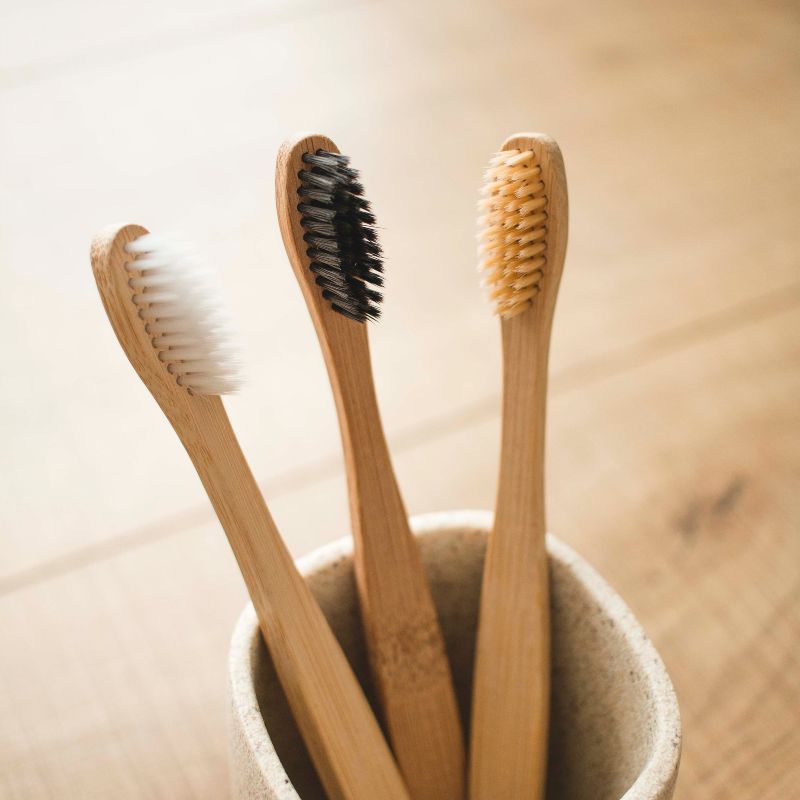
Undoubtedly, plastic toothbrushes are not good for the environment. However, a bamboo toothbrush and homemade toothpaste might not be the right fit for everyone.
In fact, researchers found that toothbrushes with replaceable heads are more sustainable than bamboo toothbrushes. One such brand that makes sustainable toothbrushes with replaceable heads is Etee.
Besides, many bamboo toothbrushes still come with nylon bristles which are not compostable. The ones that come with natural bristles are made with boar hair, which is not an option for vegans.
Bamboo brushes, just like conventional brushes, will need to be replaced after two to three months. Also, many companies mass-produce it without sustainably sourced bamboo making the product not-so-eco-friendly.
So, bamboo brushes might not be the best zero-waste alternative over toothbrushes with replaceable heads.
3. Zero-waste and homemade toothpaste
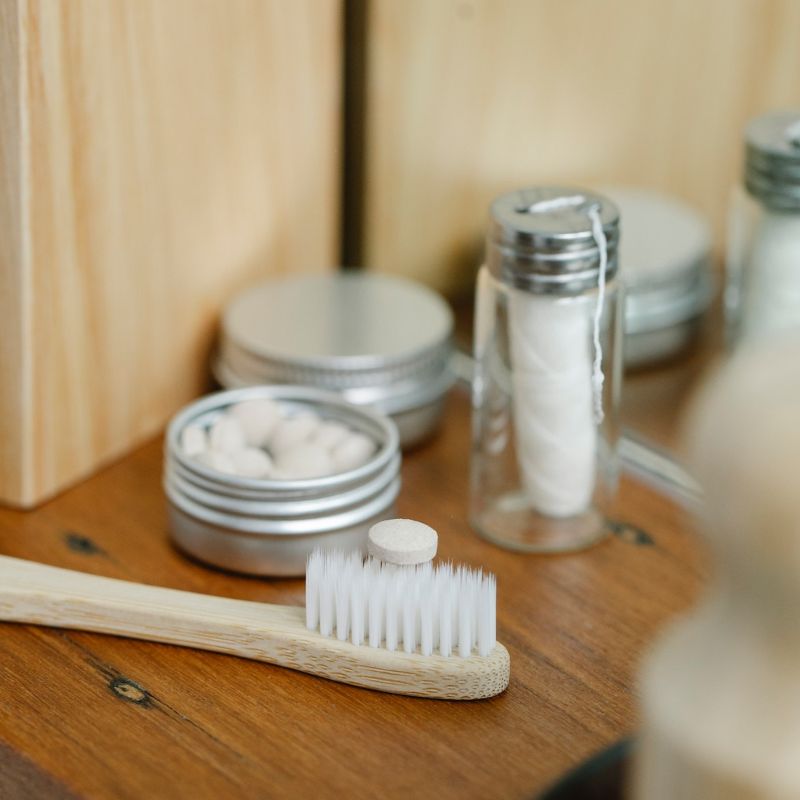
Yes, toothpaste tubes are a huge source of plastic waste. However, the solution to this problem cannot be homemade toothpaste and zero-waste toothpaste tablets.
Here’s why –
- The ADA recommends brushing your teeth with fluoride toothpaste twice a day, to keep your teeth healthy.
- The CDC says fluorides help prevent tooth decay, too, by protecting tooth enamel.
Homemade DIY toothpaste and even most zero-waste toothpaste tablets do not have fluoride in them, which is a problem.
We believe that nobody should compromise on health to practice a zero-waste lifestyle. Instead of choosing zero-waste options, we should be mindful and make sure the plastic packaging gets recycled.
We can opt for TerraCycle’s Oral Care Free Recycling Program, and recycle our oral care products, including the toothpaste tube, easily.
We also suggest going for eco-friendly brands like GloBoid, which offers refillable packaging and healthy amounts of fluoride in their toothpaste tablets.
4. DIY skincare products

For most of us, skincare is a very essential part of our daily routine. While DIYs can be a great zero-waste and cost-effective alternative to cosmetic products, it is not the best idea for most of us.
The key reason being homemade DIY products lack preservatives. This might lead to bacterial growth and even infections. Salmonella is one such harmful bacteria found in eggs, which are commonly used to make hair and face masks.
Some of the ingredients used can do more harm than good. For example, baking soda and lemon are commonly known for their skin-brightening and lightening properties.
However, both ingredients have high pH values making them acidic in nature. When used directly on the skin, they can damage the skin barrier, causing dryness, irritation, and even breakouts.
There are many such ingredients that need proper formulation before using them directly on our skin. Besides, there is never proper evidence that proves a certain DIY will actually work for us. It all depends on our skin type and many other factors.
We recommend going for affordable clean beauty brands; instead, that will show results and make our skin feel happy.
Related Article: 8 Ingredients To Avoid When Buying Clean Beauty Products
5. Wax wraps

This zero-waste swap is among the most trending ones that we’ve found on the internet. Plastic wraps are definitely not a viable choice for the planet, anyway.
Before buying new wax wraps, here is what we should consider – glass jars, lunch boxes, bowls with lids, or simply using a plate as lids. Reusable cloth bags make really good sandwich bags and lunch bags, too.
All of these are readily available options in our kitchen. To top it off, they are absolutely free, reusable, and create no waste. This makes them just as good an alternative as wax wraps (or maybe even better!)
Besides, all these reusable items are as easy to clean as wax wraps. We are not saying wax wraps aren’t good enough. We just feel they are not necessary, and hence, not a zero-waste “essential.”
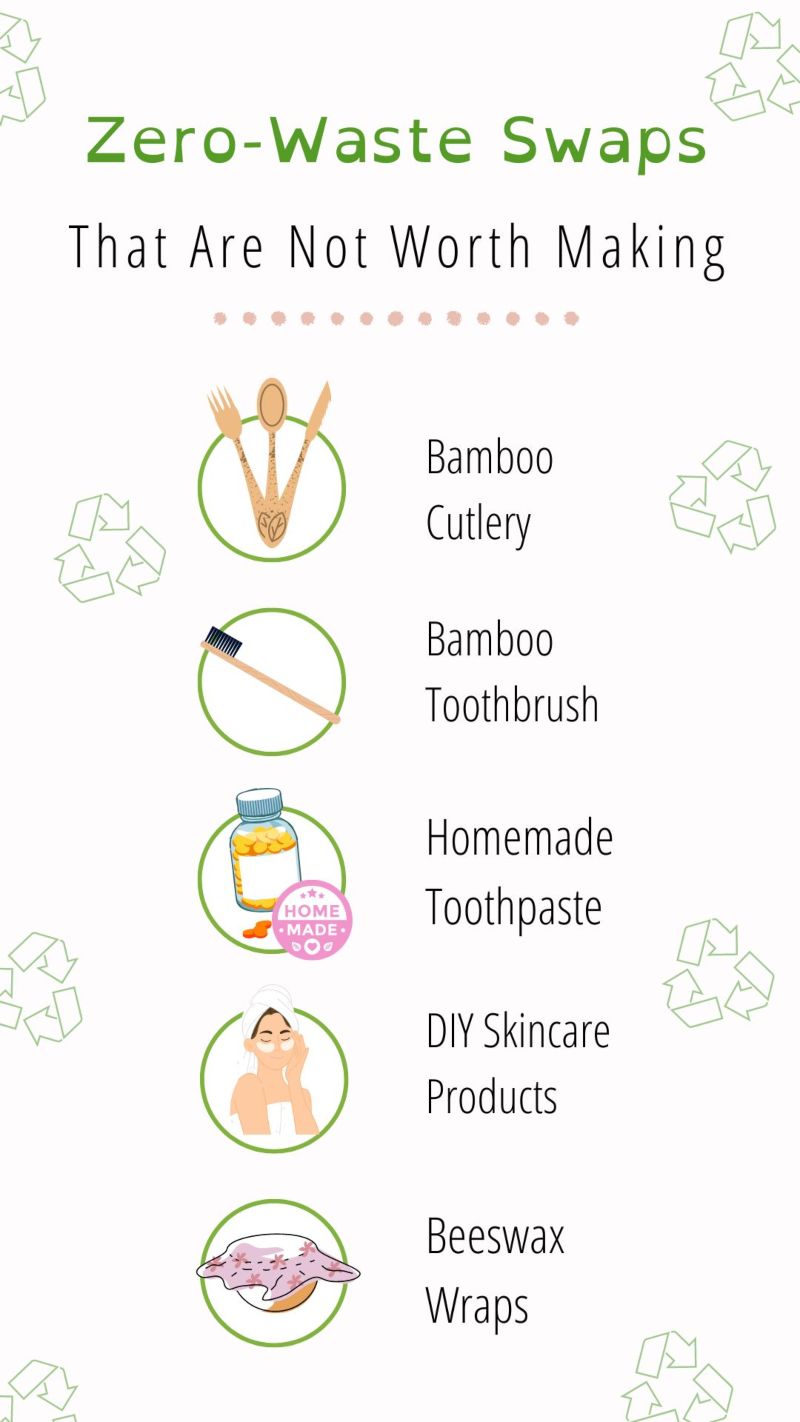
When just starting on your zero-waste journey, it might be tempting to buy all the zero-waste alternatives available online. However, switching to zero waste is a slow and steady process. All of these small but mindful decisions really do add up.
And while some zero-waste swaps will work like magic, many others might not. Feel free to experiment and find what works for you and what doesn’t.
In the end, it is all about achieving one common goal – to reduce waste as much as possible.
Oh, and yes! If you are looking to learn about practicing zero waste sustainably, here’s another great read for you – Is Zero Waste Really Sustainable? How Can You Make It Better?










